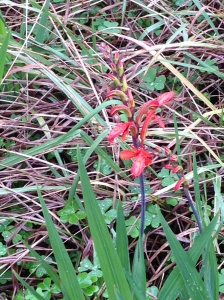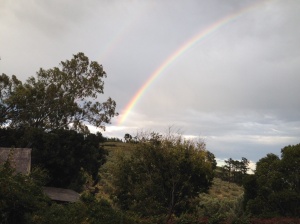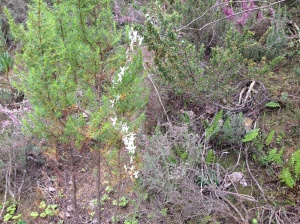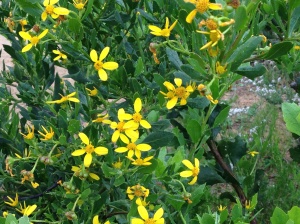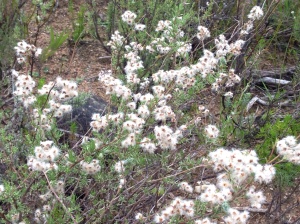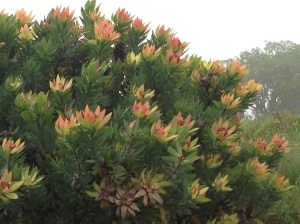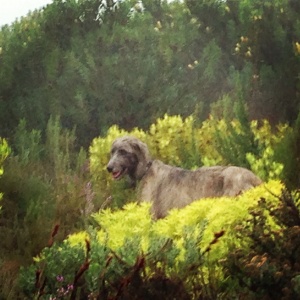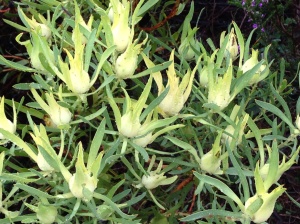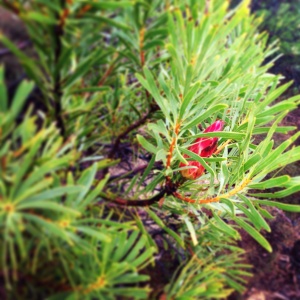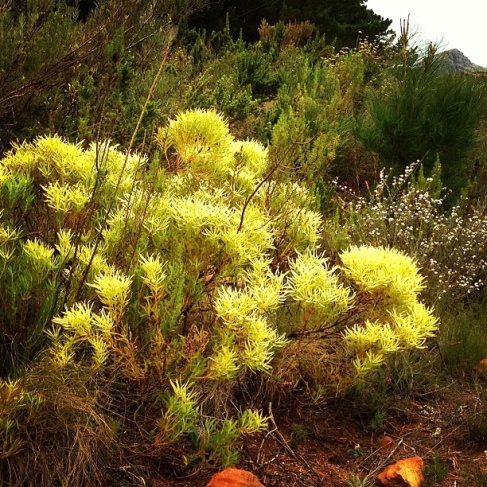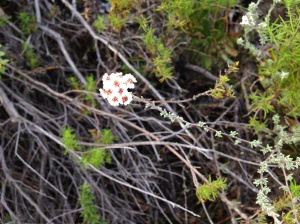Could try harder
The blog has suffered because I’ve gone back to school. I’m doing a Masters in Philosophy in Coaching (MPhil means you do a significant research piece, that’s for next year). Weeks like this one, spent at the business school, are intensive and in between there’s lots of study and lots of writing. Along with launching my new business there’s just about time to run but not much time to write about it.
One of the subjects I was thinking about tonight on the run was the challenge of confidence and humility in business leaders, and specifically in myself as a leader and a coach. I’d say I don’t have enough of either. Confidence isn’t too hard to think about. I don’t want to waffle on so in a nutshell, in many ways confidence is everything, it allows you to be grounded and forget yourself so that you can immerse yourself in the flow of whatever it is you are doing. Lacking an edge of confidence might not be a bad thing though. In my case it’s the endless “could try harder” I got as a child instead of positive reinforcement in the form of praise. Yet it gives me an edge, makes me work a bit harder. I’m a bit of an Avis type: I may not be No 1 but I try do harder.
Humility as a notion is altogether more difficult. I’m trying to uncouple the notion from the famous role models like Mandela, Ghandi and Mother Teresa. They may be shining examples of humility but it’s a public and political humility. The kind I’m trying to understand is a humility that a great business leader or star sportsman or woman can epitomise. Utterly genuine, held in a context of great work or great sporting success. How can you develop and encompass that humility? Indeed what is it?
These are the questions the study leads me to consider…
The evening was mild with heat from the warm day beating up into the cooling air and as we ran along the path at the very top of the farm we came across one of my favourite flowering bulbs, the gold and brown Gladiolus maculata. Elegant and queenly, the flower heads arched into the path in front of us.
The Eriocephalus africanus is early this year compared to last – as are many flowers – the warm wet autumn must have a lot to do with it.
As we ran down the mountain Maebh paused and the last rays from the west caught the ghostly tips of her coat, illuminating her in the evening light.
I have so many other flowers to post, but this magical evening run deserved a blog to itself.









